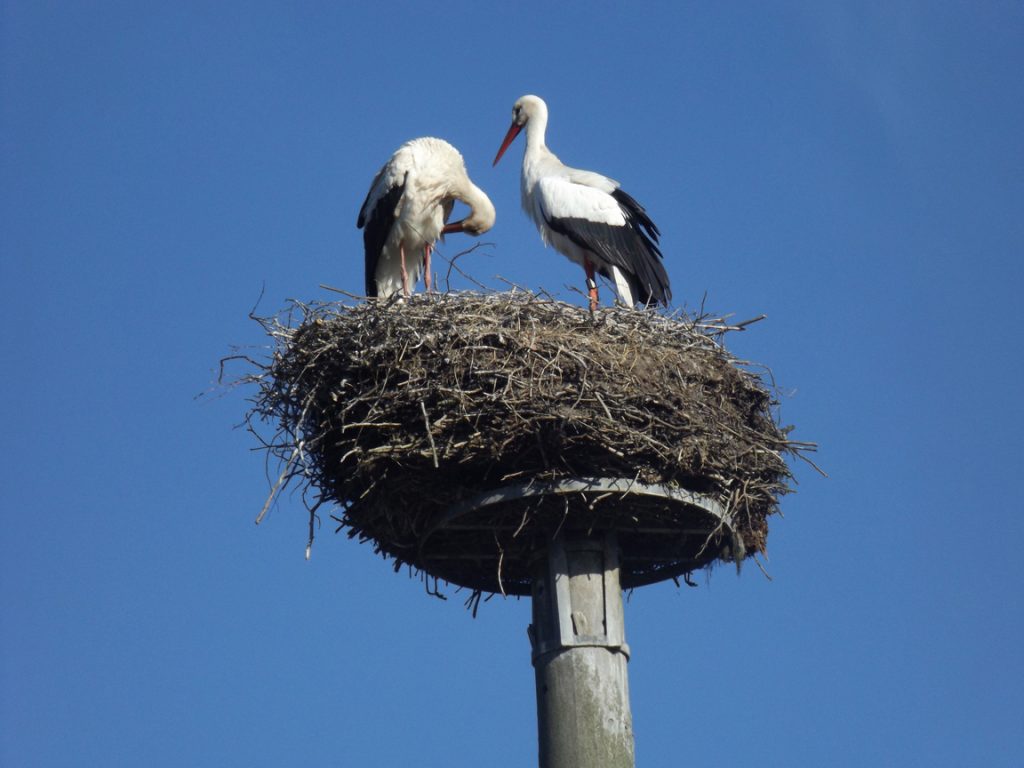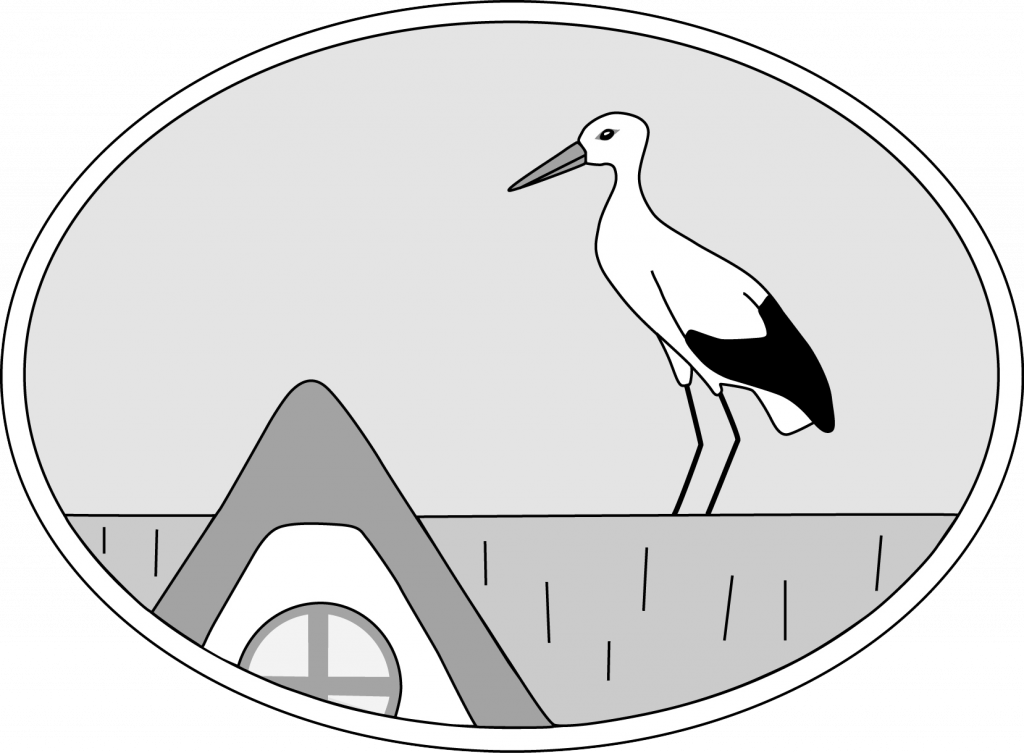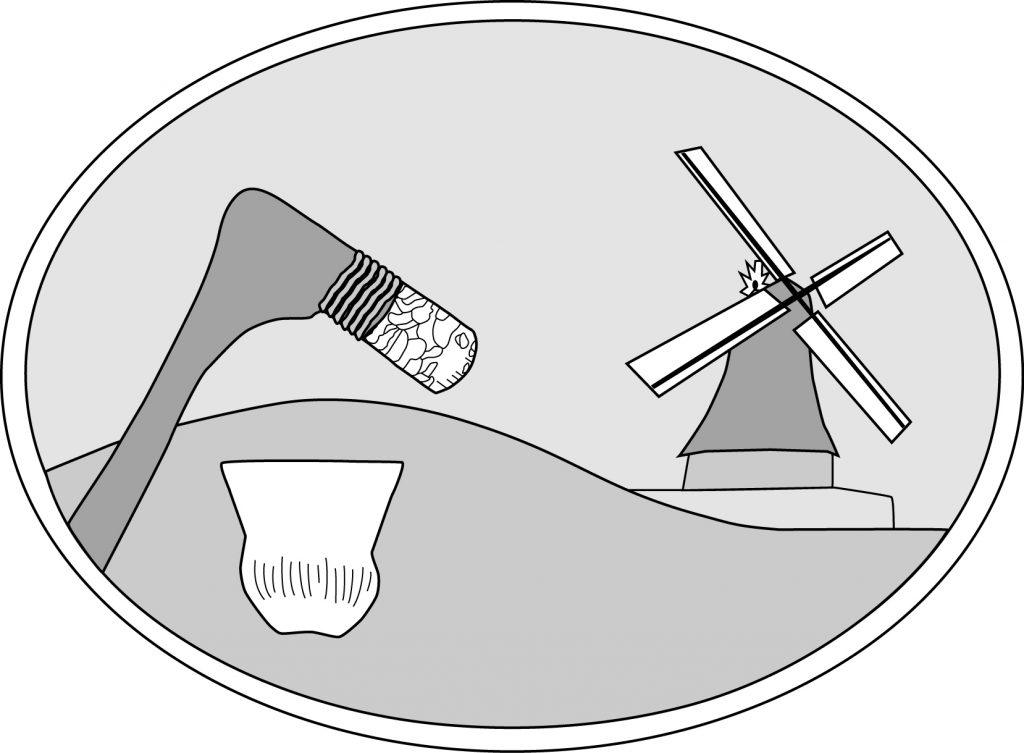
The white stork is one of the largest birds in Europe and is easily visible even from a great distance. Storks live about 8-10 years in the wild, but can reach an age of over 30 years in captivity. Storks are faithful to their nest throughout their lives. Since both partners occupy the same nest every year if possible, they always find each other here. Young storks settle within a radius of 50 km from their birthplace.
The white stork is a symbolic figure of nature conservation and the heraldic bird of NABU. It has a wingspan of about 2 m, a height of 1 m and a weight of about 4 kg. Although storks become sexually mature at the age of two, most of them do not breed for the first time until they are three to five years old.
When two storks meet at the nest, they often clatter with their bills. This is used for greeting and courting as well as to ward off enemies. The only other sounds storks make are occasional hissing, which is also used to warn off rivals.
Between mid-March and mid-April, the storks return from their wintering grounds. Once a pair has found each other, they have a seasonal marriage. However, even then the animals are not always very faithful: cases of bigamy are observed time and again. Shortly after the nesting pair has found each other, the first mating takes place. In total they mate up to ten times a day. Watching them is the only sure way to tell the difference between the sexes.
Shortly thereafter the first egg is laid, followed by one to three eggs at intervals of about 2 days, rarely are there clutches of up to six eggs. After 32 days of incubation, the first chick usually hatches in mid-May, gradually followed by its siblings.
The young storks can be distinguished from their parents by the fact that their beak and legs are black instead of red. Their legs become increasingly red as they grow older. After about 60-70 days they become fully fledged. Before that, however, they can be observed flapping their wings to train their flight muscles.
From mid-August, the storks then migrate south again.



